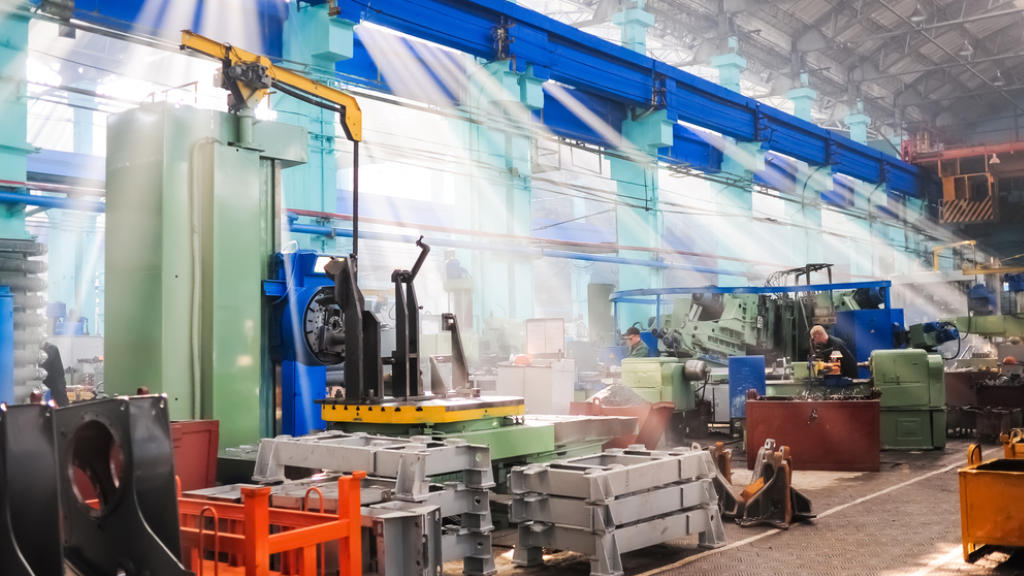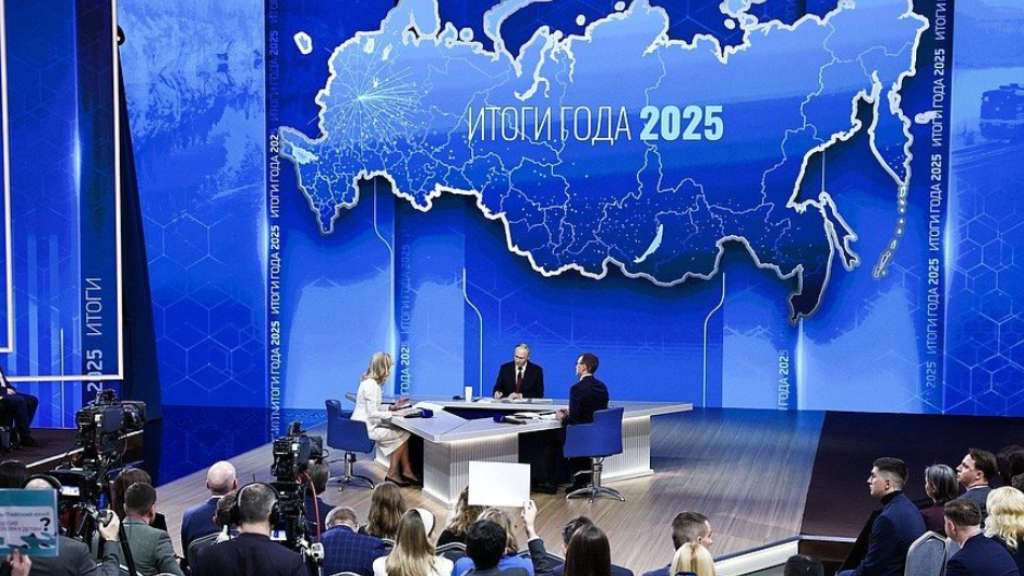Denis Manturov, the Russian Industry and Trade Ministry expects manufacturing output could grow at least 5% if current trends persist in 2024, he said to the State Duma on Wednesday (April 3).
“Everything will depend on many factors, including monetary policy, but given the results we see in the first two months, I think that by the end of the year this should be at least 5% in the manufacturing industry.”
The Russian Federal State Statistics Service (Rosstat) has said manufacturing sector output grew 7.5% year-on-year in January, accelerating to 13.5% in February. Manufacturing grew 7.5% in 2023.
Russia’s Purchasing Managers Index (PMI) is current the highest in Europe as its manufacturing sector expanded at the fastest rate in nearly 18 years in March, a S&P Global report showed on Monday, as new export business grew for the first time in five months. The S&P Global Purchasing Managers’ Index (PMI) for Russian manufacturing rose to 55.7 in March from 54.7 in February, moving further above the 50 marks that separates expansion from contraction to its highest reading since August 2006.
The sector’s revival has largely depended on domestic demand because Western markets have withdrawn from Russia. Moscow is spending particularly heavily on manufacturing, pouring cash into the defence sector to ramp up military production. The defence industry spurred sharper than forecast growth in industrial production in February, data showed last week. However, it’s not just the so-called ‘war economy’ that has spurred Russian growth – new export orders increased for the first time since last October.
“Greater foreign client demand reportedly stemmed from expansion into new export markets and new client wins,” S&P Global said in a statement, also pointing to the knock-on effect on employment. “Firms raised employment at the quickest rate since November 2000 and saw a notable pick-up in input buying amid efforts to rebuild stocks.”
Vendor performance declined further in March, S&P Global said, with logistics delays and slower deliveries via rail transportation the key factors driving the deterioration. But that relative blip did not stop firms from registering their strongest degree of confidence in output expectations for five years. “Optimism in Russia is linked to hopes of further upticks in customer demand, as well as investment in new product lines and machinery to improve efficiency,” S&P Global said.
Russia’s PMI index ranking at 55.7 compares with Germany’s at 42.5, France at 45 and the UK at 50.3. A figure above 50 is an expansion, below aa contraction.





